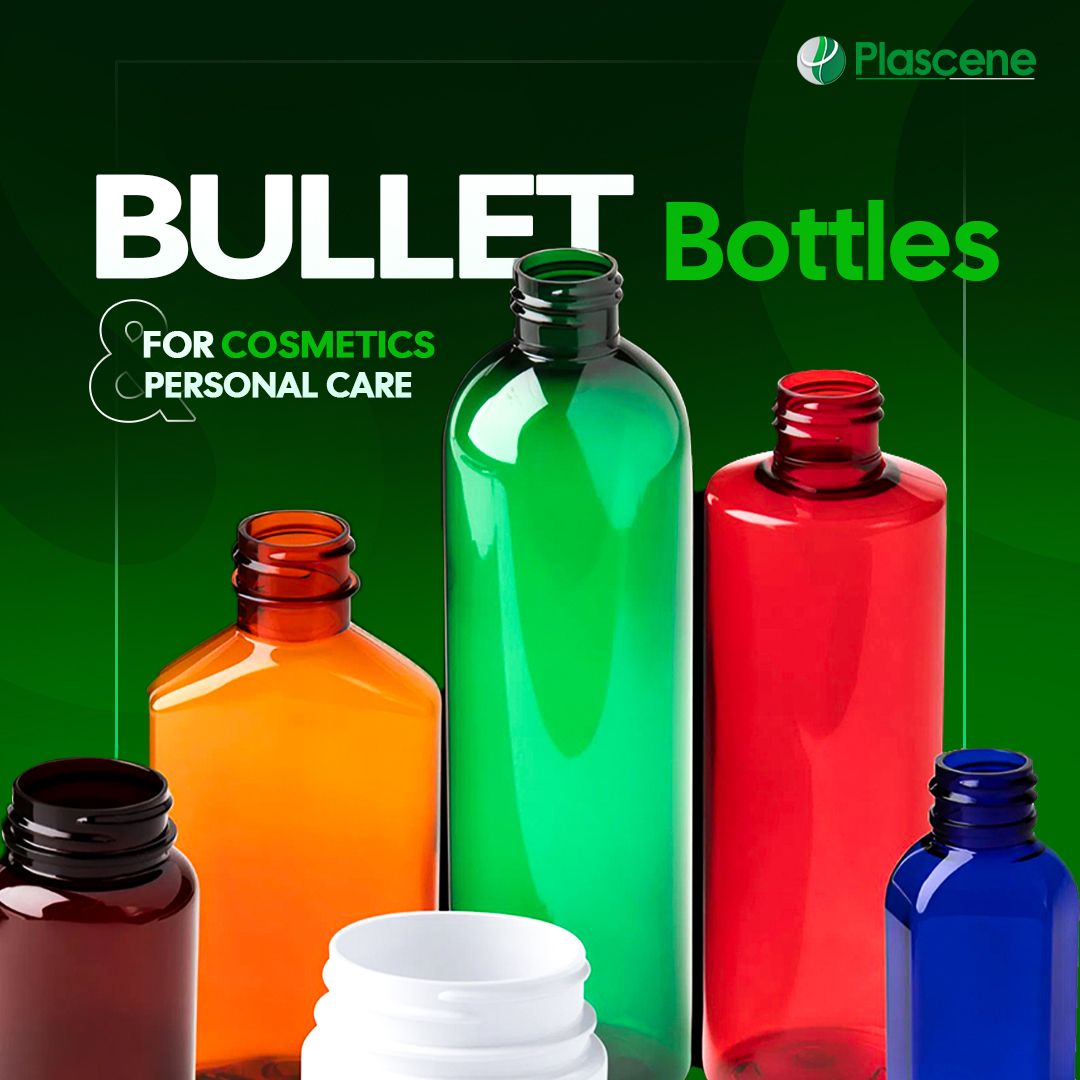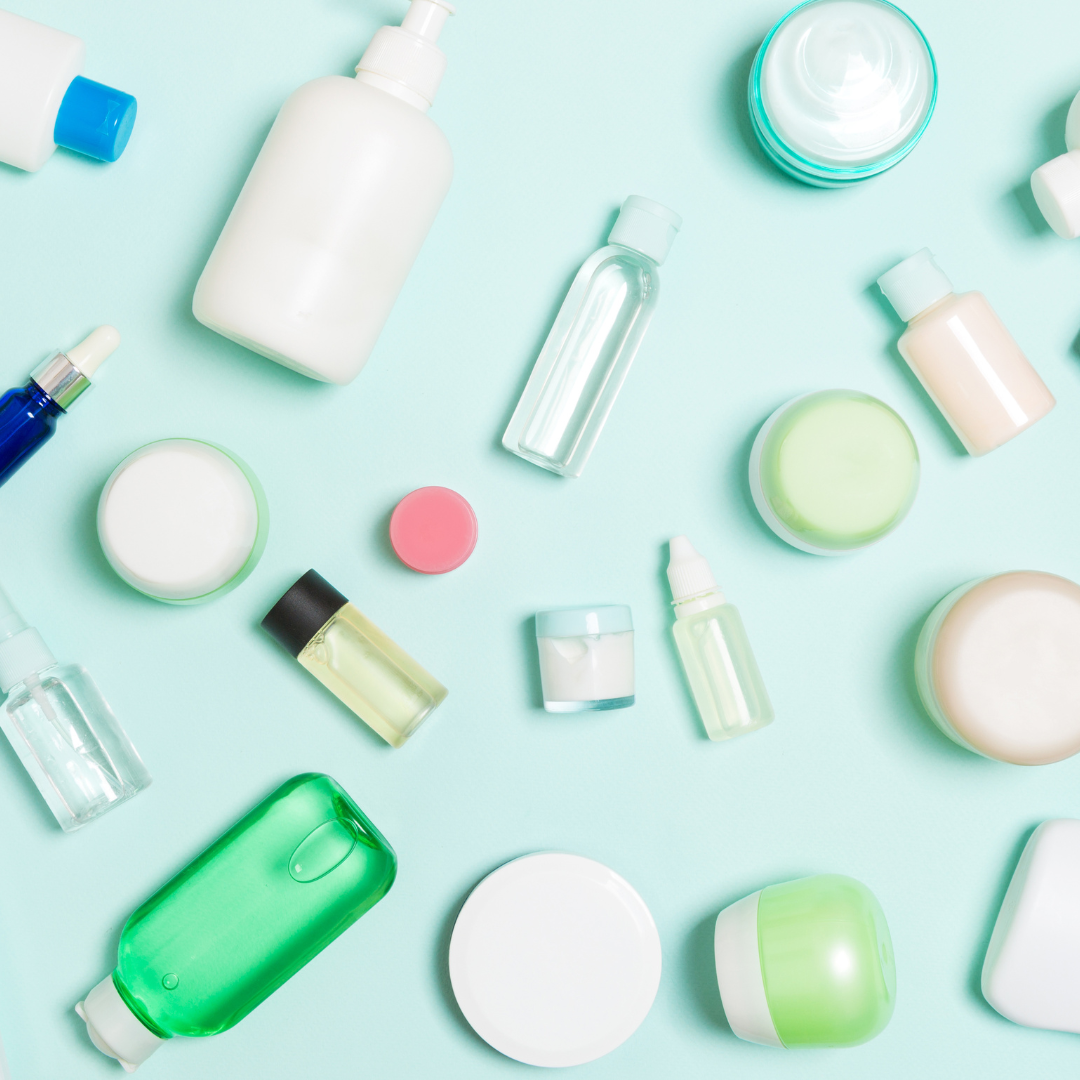In recent years there has been much discourse on the use of BPA, particularly in its use for plastic packaging in the food and beverage industries, read on the learn some facts on BPA…
What is BPA?
Bisphenol A (BPA) is commonly used to make essential plastics and resins for the industrial and consumer industries, approved by the FDA (U.S. Food and Drug Administration), and the European Food Safety Authority (EFSA), as well as many other government agencies around the globe, for Safe Use in Food Contact and Applications.
BPA was developed in the 1890s but scientists discovered in the 1950s that is could be mixed with other compounds to produce very strong plastics. Most of the compounds use, you will find in the food & Beverage industries but also has uses in the following industries;
Polycarbonate , made from BPA is extremely shatter resistant, lightweight and a clear thermoplastic.
Medical – Drug delivery and surgical devices, incubators, dialyzers and moreElectronic – housing units for laptops and cell phones, game consoles, and projectorsAutomotive – Interior consoles, car bumpers, sunroofs, headlamps and bulletproofingConstruction – Signage, security glazing, and LED lighting fixtures
Epoxy resins , mostly made from BPA, are thermoset plastics with a phenomenal combination of toughness, chemical resistance and adhesion properties.
Paint and Protective Coatings – Powder-coated appliances, flooring treatments, automotiveAerospace – Wing and fuselage structuresWind Energy – Turbines and bladesMarine – boat hull manufacture and repair
Why has BPA Been Making the News or Non-BPA Become so Popular on our Supermarket Shelves? In recent years that has been much discourse on the use of BPA, particularly in its use for plastic packaging in the food and beverage industries. The reason for this is that studies on animals had been conducted, mainly on mice that suggested leaching from the plastic caused genetic malformations and that due to the compounds estrogen-mimicking effects, it caused hormone imbalances and lower sperm count. Subsequently, the FDA has revised its regulations on the use of BPA in Baby Bottles, Sippy Cups, and Infant Formula Packaging. The amount of BPA ingested in a normal human diet, however, does not cause concern.
‘A consumer would have to ingest hundreds of pounds of food and beverage each day (that have been in contact with polycarbonate plastic) to reach the BPA “safe exposure level” established by government bodies in Canada and the United States’. (1)
‘According to the FDA website: “Studies pursued by FDA’s National Center for Toxicological Research (NCTR) have shown no effects of BPA from low-dose exposure.’ (2) The Problem with ‘BPA free’ Products In the rush to cash in on the ‘BPA free’ marketplace, many compounds have been produced that are very similar to BPA to take its place. Not as much testing has been done on these compounds and their effects in comparison to BPA, some of the most common ones are BPS, BPF, BPAF and diphenyl sulphone. We cannot necessarily attribute these compounds to being any better for us if not worse than BPA and more tests would be needed to clarify this.‘Since BPA-free became trendy, manufacturers went on a plastic-developing spree, creating more variations than scientists can keep track of: BPS, BPF, BPAF, BPZ, BPP, BHPF, and the list goes on. They all have “BP” in their names because they share the same basic chemical structure of a bisphenol. Each new version has only slight differences as if swapping a blue Lego block for a red one.’ (3) Make an Informed Choice on BPA
At Plascene we provide our clients and consumers with the facts about our plastic packaging and the compounds that we use, we hope this article helps you better understand the facts about BPA, you can find further reading and references below.
Call Us Today
888-848-6388
Credit: https://www.factsaboutbpa.org/ _______________________________________________________________________________________________________________________________________ 1. https://www.ncbi.nlm.nih.gov/pmc/articles/PMC4674187/2. https://www.factsaboutbpa.org/bpa-overview/bpa-basics3.https://www.nationalgeographic.com/science/2018/09/news-BPA-free-plastic-safety-chemicals-health/

Recycled PET (rPET): How U.S. Brands Are Meeting State Regulations with Sustainable Bottles

Bullet Bottles for Cosmetics and Personal Care: Design, Safety, and Branding Benefits





